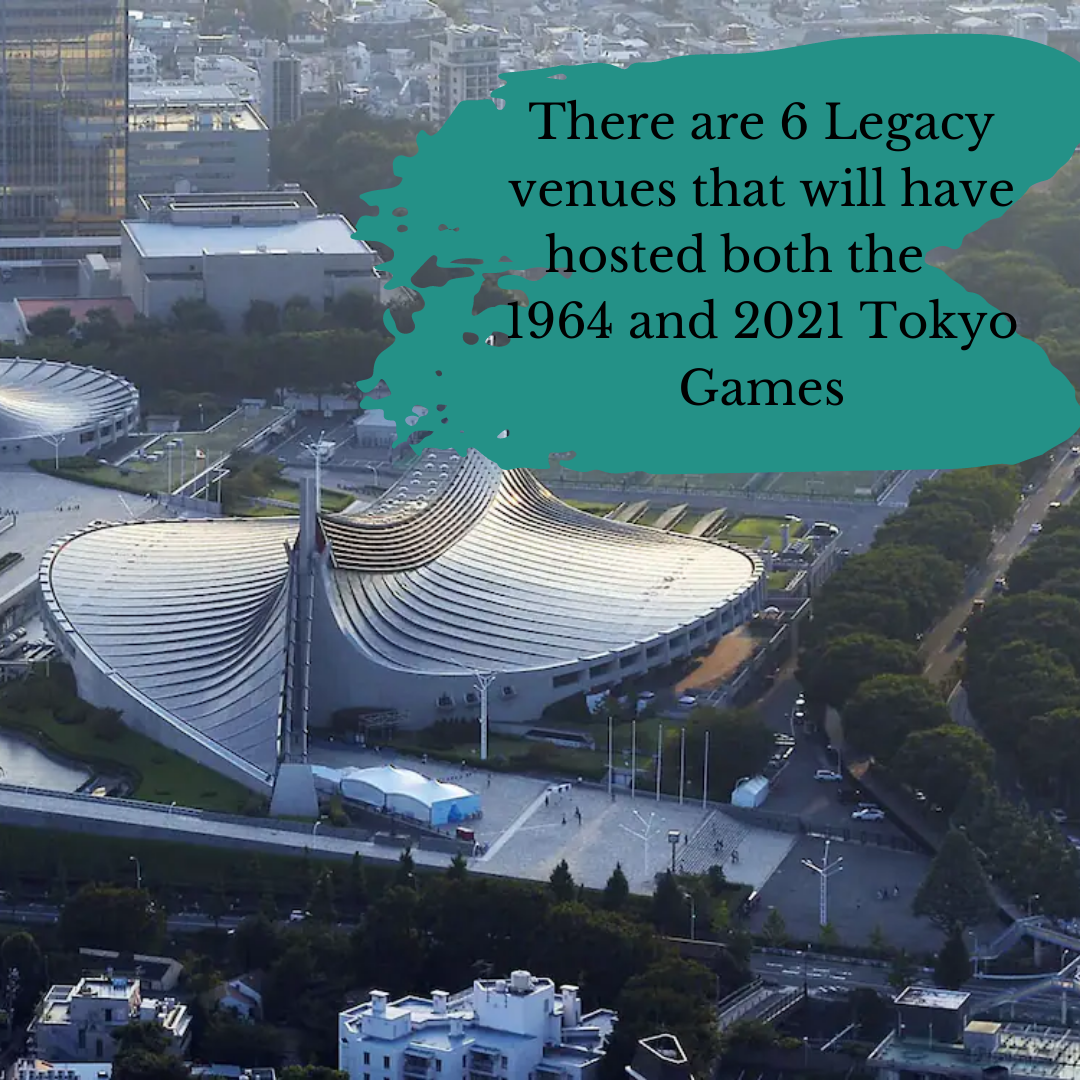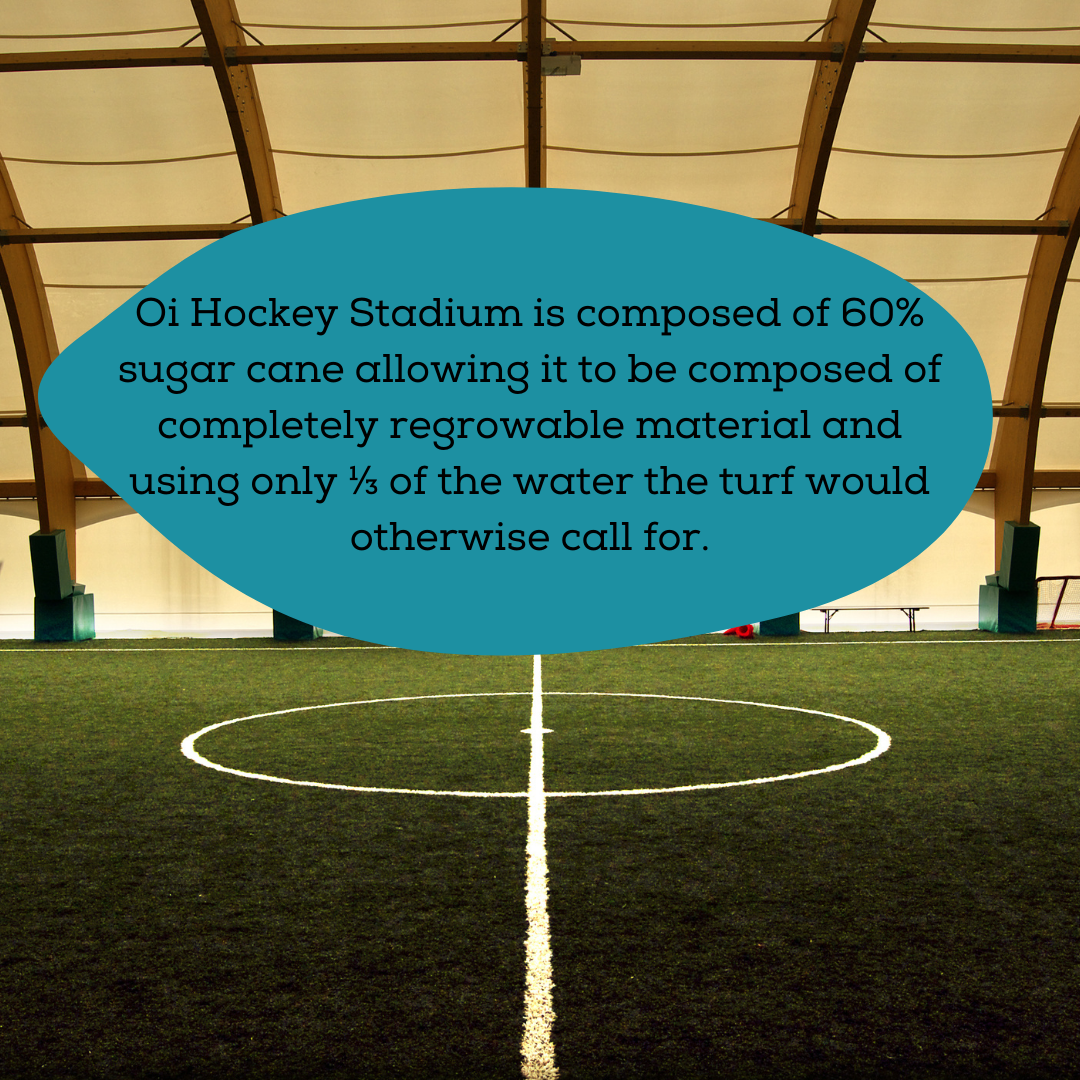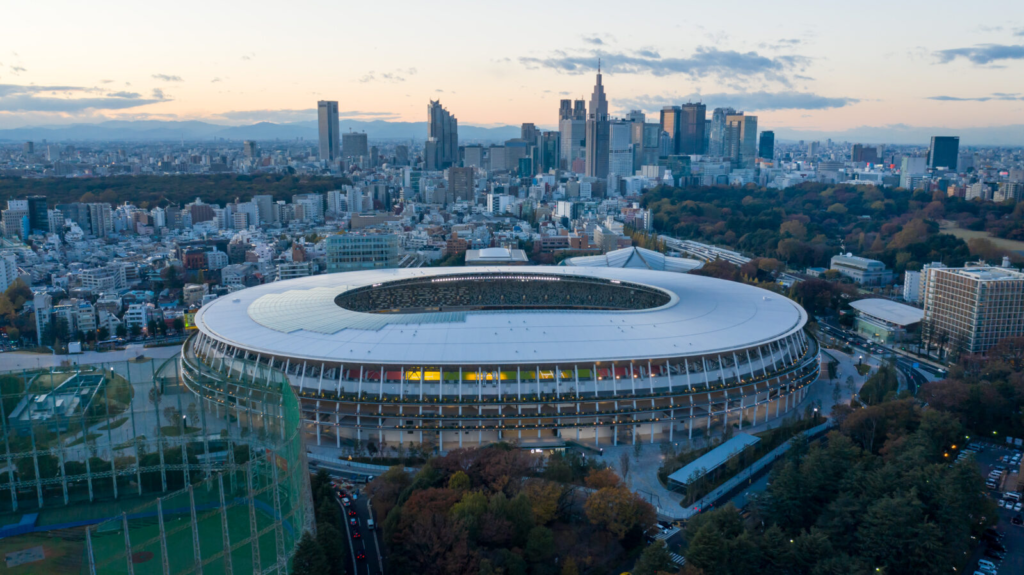With each round of the Olympic Games comes new promises of advancements in sustainability. We have the legacy of the 1964 games, held in Tokyo, as a foundation to pursue loftier sports-friendly climate goals.
For its 2020 iteration of the Olympic Games, Tokyo used the slogan “Be better, together – For the planet and the people” in their pursuit of the greenest games yet. A large factor of sustainability in large-scale athletic events is the venues or sites of the events. Let’s do a rundown of the 2021 Tokyo Olympics to see if the measures taken to lessen its ecological footprint will ring true when Japan hosts the largest international sporting event.
Tokyo 2021 Olympic Games
The 2021 Games aim to be a carbon-neutral event by powering all sites with renewable sources, reducing emissions, and investing in carbon offsetting programs.

The Integration of Legacy Venues
The 2021 Tokyo Olympics was structured with a very optimistic look forward to a green future but also honors the past through the Legacy structures of the 1964 Tokyo Games. There are 6 structures that will have hosted both Games: Tokyo Metropolitan Gymnasium, Yoyogi National Stadium, Nippon Budokan, Equestrian Park, Enoshima Yacht Harbour, and a renovated National Stadium. While there has been some effort to update these sites with eco-friendly appliances and elements, the reuse of these structures by themselves massively reduces the materials and energy required to host these monumental Games.
The Construction of Sustainable Venues
In addition, the new sites that Tokyo needed to build for these Games do seem to have a large focus on sustainability.

The Musashino Forest Sport Plaza was constructed for the 2020 Games with multiple sustainable elements worked in. It was designed to integrate solar energy, water recycling systems, and recycled building material.
While the Ajinomoto Stadium was not built specifically for the Games, it integrated many great eco-friendly elements that the event needed to truly argue that these games are green. The presence of solar energy, Tree Type wall greening, and wind power lessen its overall impact on the environment.

Oi Hockey Stadium was built with innovative sustainable turf. It is composed of 60% sugar cane, allowing it to be composed of completely regrowable material while using only a third of the water the field would otherwise call for.
Ariake Arena, Tokyo Aquatics Centre, Kasai Canoe Slalom Centre, and Yumenoshima Park Archery Field also all are promoting their climate-conscious construction using recycled materials.
Use of Temporary Venues
It is unrealistic to expect any host city to be capable of constructing or having enough venues for all events in their city, so temporary venues are a great alternative to new structures. The fact that they are not permanent fixtures allows for less energy, water, and building material to maintain their presence when the locations are only necessary for the Games.
The Challenges of Sustainability at the Games
Although legacy venues have been integrated into the 2021 Games, the lack of eco-friendly updates is concerning. The age of these locations runs the risk of running ineffective energy or water systems. Possible changes can be small and cost-efficient, such as using LED lighting or integrating solar panels, and water-efficient systems.
The creation of Tokyo’s first man-made canoe course for the Games is disappointing. This prioritizes the audience over the environment by not simply using the natural terrain as the venue for this event.
The efforts of these Games are greatly appreciated, seeing as the Olympics have enormous international impacts and influence because they are viewed around the globe. Awareness on this scale is powerful. It lacked some aspects that prior Games excelled at, such as predominantly LEED Certified event sites and large-scale projects that will remain to keep the city sustainable. Although they tried and did achieve some great things, the 2021 Tokyo Games could have achieved more in sustainability making it fall short of its promises.

For sustainability being the third pillar of the Olympics, it seems there are few requirements or guidelines when host cities are pushed to pursue environmental-friendly Games. This movement can only be done under the pressure of the fans. We need to rally behind our sustainability demands. As we move forward, we hope that the Olympics will up their game in sustainability.





